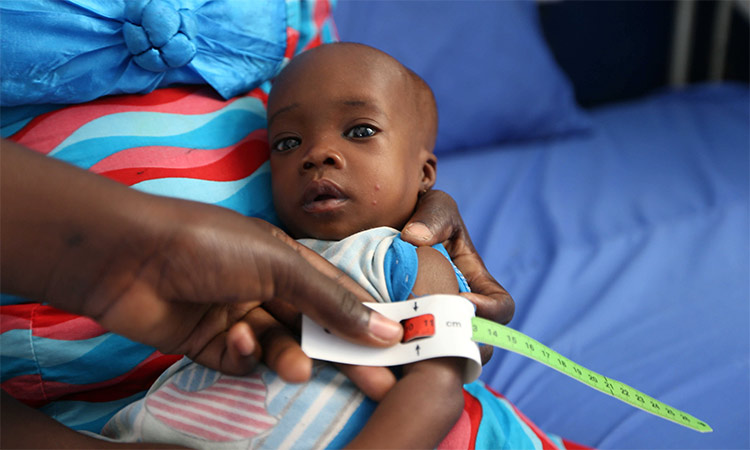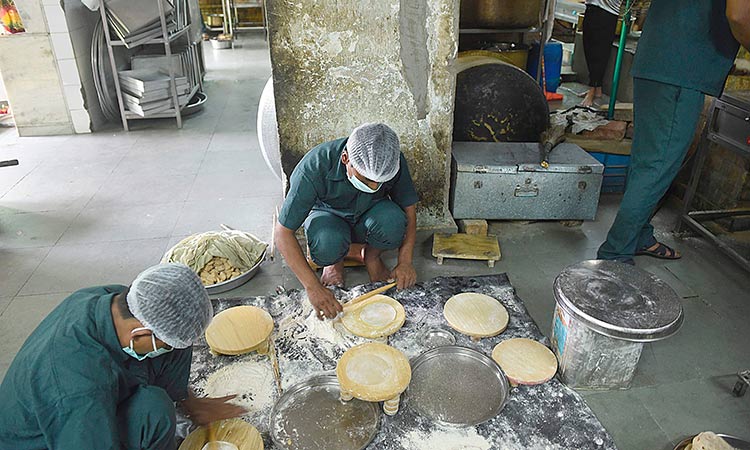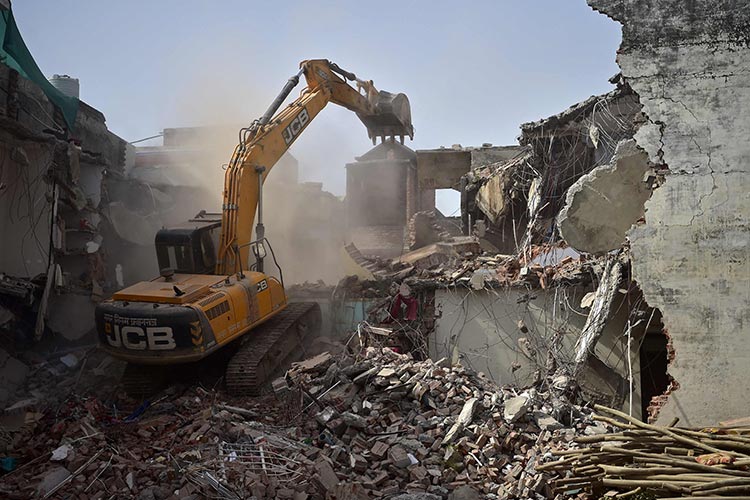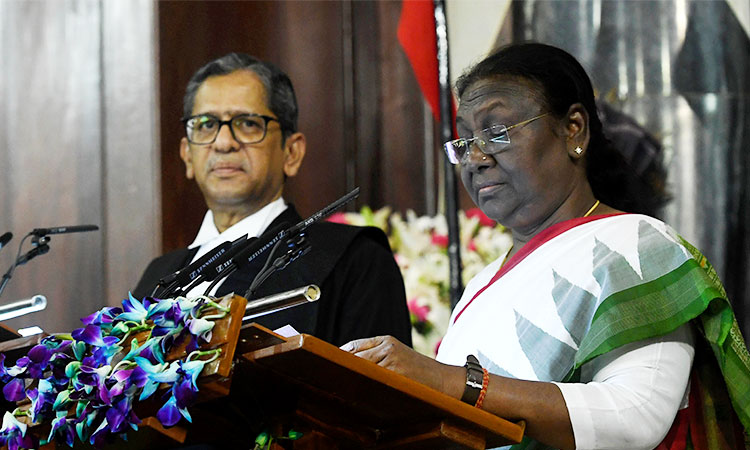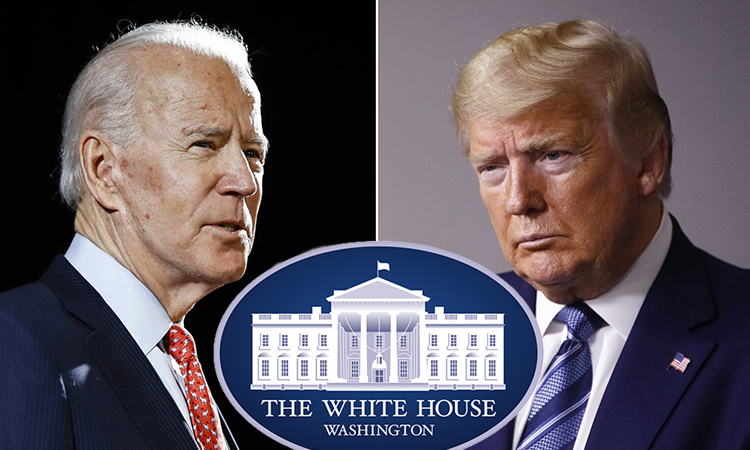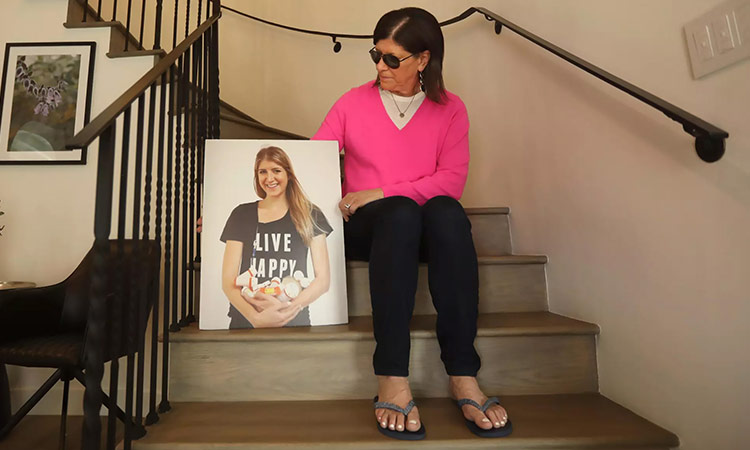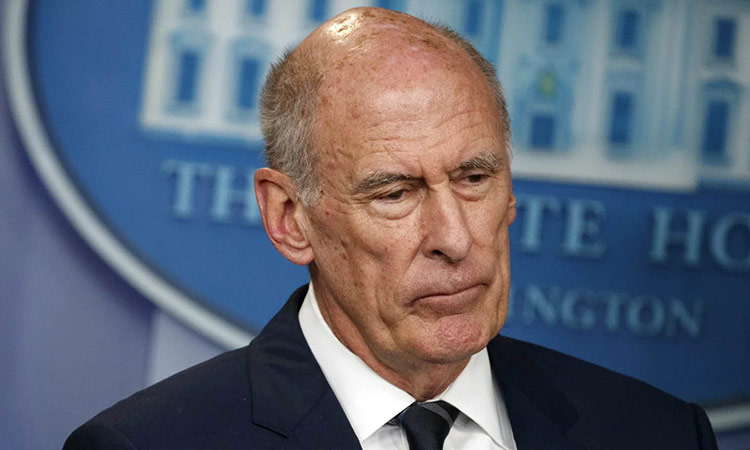Worrying rise in poverty and malnutrition
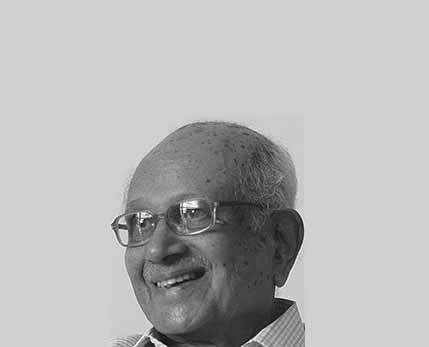
BRP Bhaskar
@brpbhaskarIndian journalist with over 50 years of newspaper, news agency and television experience.
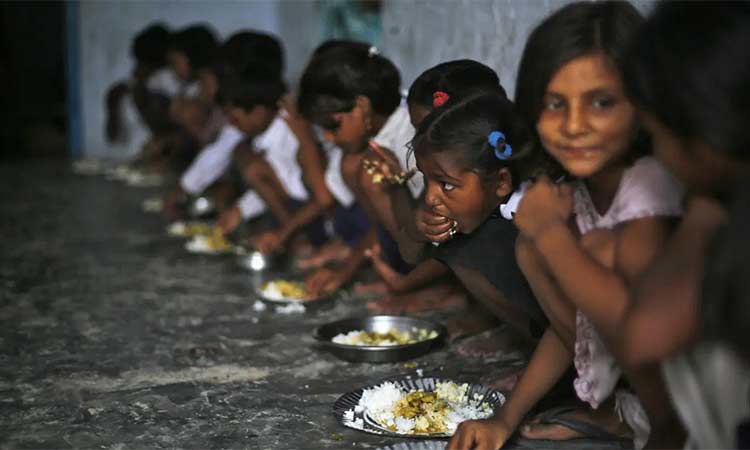
The Global Hunger Index, which can be taken as a measure of the extent of poverty in a country, shows it is on the rise in India.
But as Modi prepares to seek a new five-year mandate in 2024, it is evident that things are not going the way he hoped for.
The Global Hunger Index (GHI), which can be taken as a measure of the extent of poverty in a country, shows it is on the rise in India.
This year GHI placed India in the 107th position among 121 countries surveyed. Last year it was in the 101st place among 116 countries. This put India behind its South Asian neighbours, Pakistan, Bangladesh and Nepal.
At the top of the latest GHI table are 17 countries, all with scores of less than five. They include China, Kuwait and Turkey.
The GHI report was prepared jointly by Irish aid agency Concern Worldwide and German organisation Welt Hunger Hilfe. It characterised the level of hunger in India as “serious”.
There was no immediate response from the Indian government to the latest GHI report. It had criticised last year’s report, using terms like “shocking” and “devoid of ground reality”.
It said the methodology used to calculate GHI was unscientific.
It criticised the report for lowering India’s rank on the basis of the UN Food and Agriculture Organisation’s (FAO) estimate of the proportion of undernourished population, which was found to be devoid of ground reality and facts and suffered from serious methodological issues.
It accused publishers of the Global Hunger Report, of not having done due diligence before releasing it.
It also found fault with the methodology adopted by FAO, saying it was based on assessment of the results of a ‘four question’ opinion poll, conducted telephonically by Gallup.
The government claimed there was no scientific methodology to measure undernourishment, like availability of food grains per capita during the period.
The scientific measurement of undernourishment would require measurement of weight and height, it added.
Actually, the government only raised certain arguments. It offered no data to establish that levels of poverty and undernourishment in India are not as bad as GHI makes out.
Welt Hunger Hilfe refuted the government’s insinuation that India’s low GHI ranking was based on a Gallup poll.
NDTV, a private television channel, quoted WHH as saying it had not used the Gallup poll. Undernourishment was measured using data officially presented by India to the UN, it added.
It clarified that the GHI score was calculated on four indicators – undernourishment; child wasting (the share of children under the age of five who are wasted i.e who have low weight for their height, reflecting acute undernutrition); child stunting (children under the age of five who have low height for their age, reflecting chronic undernutrition) and child mortality (the mortality rate of children under the age of five).
There was really no need for the government to get into an argument with the authors of the GHI report. Many Indian agencies working among the country’s poor have testified, on the basis of their intimate knowledge of the condition of the marginalised sections, that poverty and undernourishment have been rising among them.
Also, commentators have linked this to the government’s failure to act promptly to relieve their distress when they lost their means of livelihood in the wake of government steps like demonetisation of high-value currency notes and the lockdown to contain the spread of the Covid pandemic. Both measures were taken without adequate forethought.
A study undertaken by the Azim Premji University estimated that the pandemic had thrown 230 million Indians below the poverty line.
Former Congress Minister P Chidambaram, in a tweet, cited the GHI report, and pointed out that India’s score had been worsening since the Narendra Modi-led government took office.
“When will the Hon’ble PM address real issues like malnutrition, hunger, and stunting and wasting among children?” he asked.
Poverty and undernourishment are indeed real issues. Chidambaram must ponder over why his party, which is the country’s main opposition party, is unable to use such issues effectively in its campaign against the ruling party.
The Centre alone cannot be blamed for the worrisome rise in poverty. Concerted efforts by the Centre and the state governments are needed to eradicate poverty.
